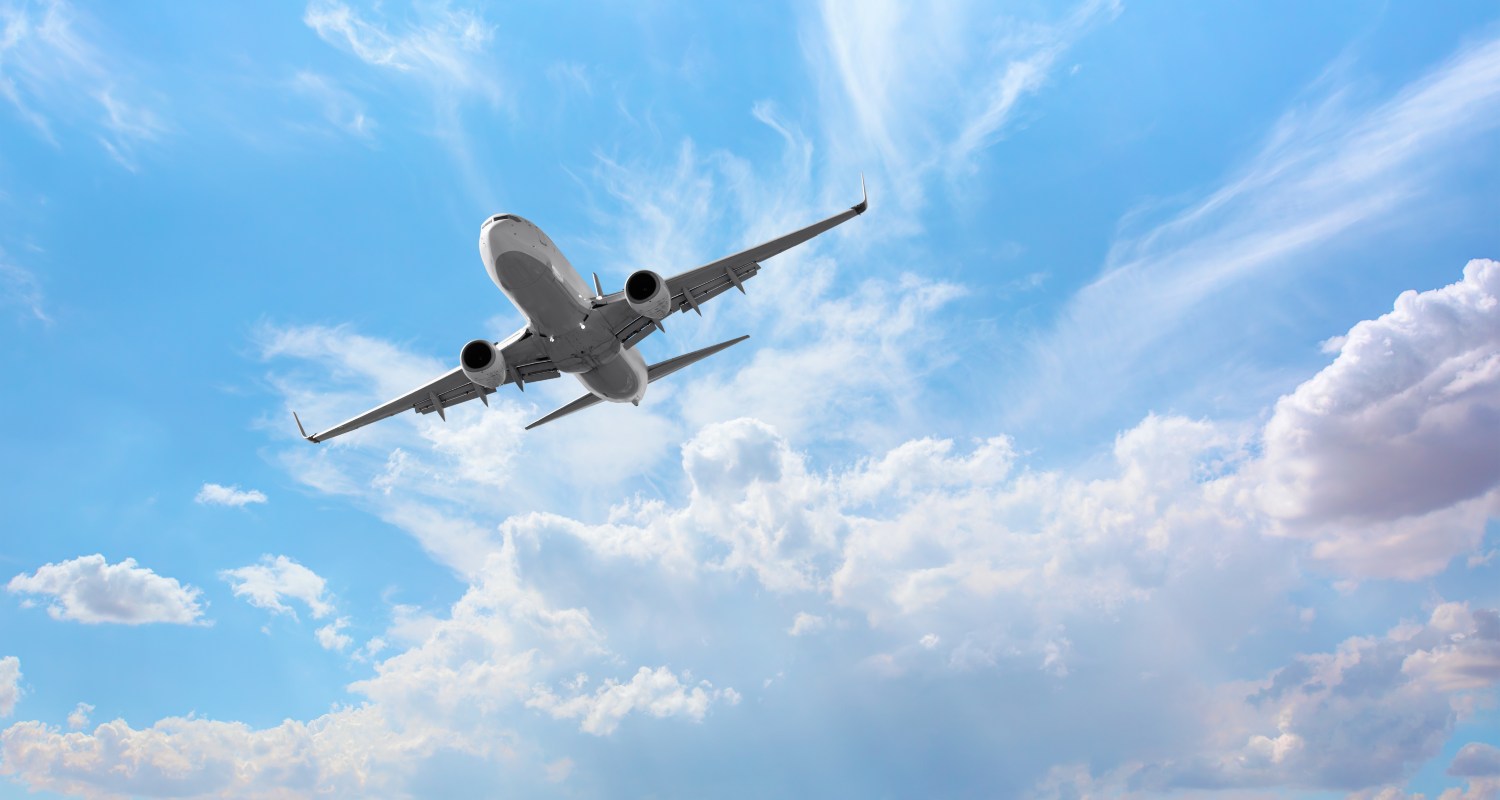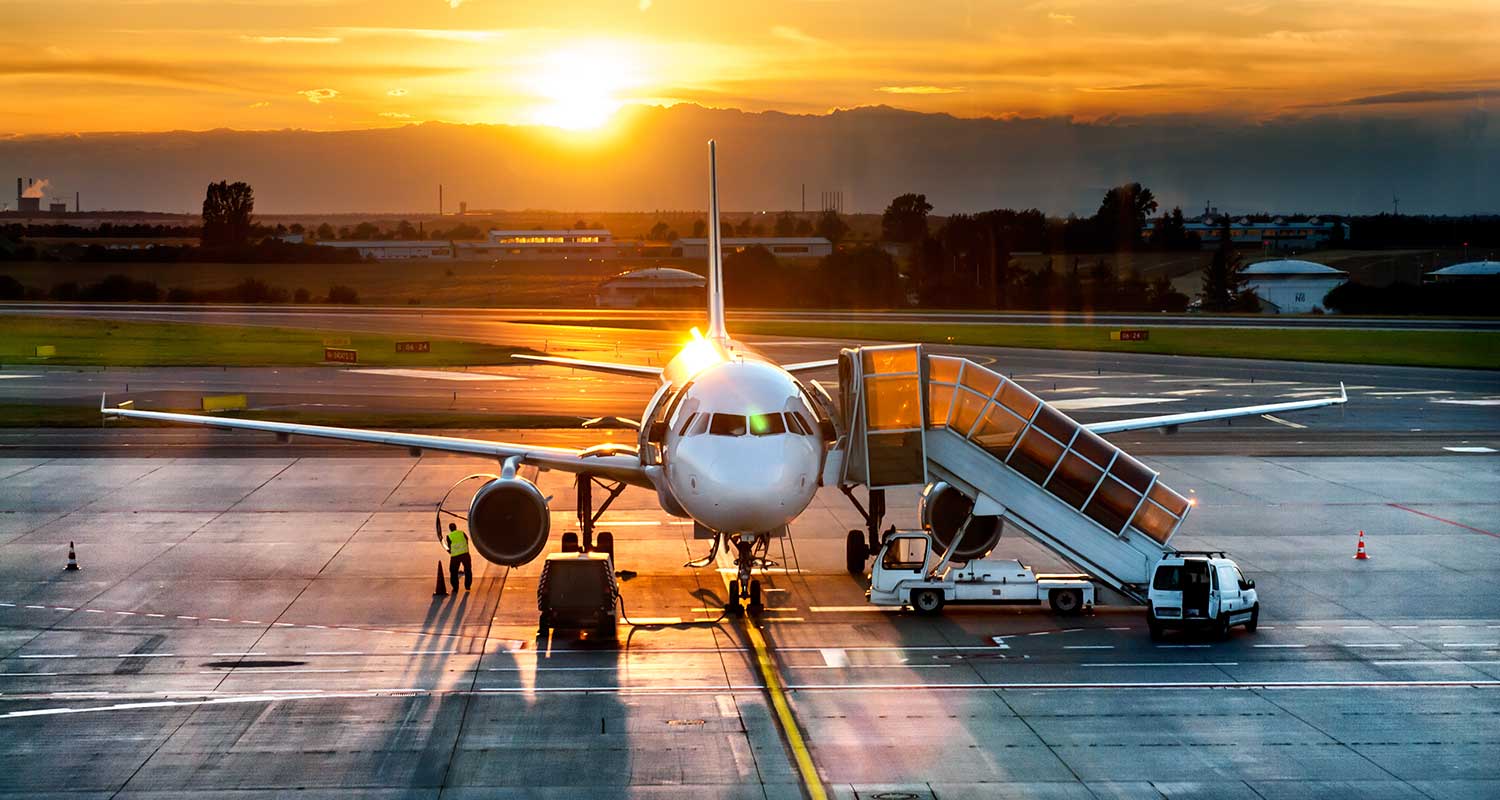
New fuels that reduce aviation emissions
New fuels that reduce aviation emissions
Renewable fuels to continue flying
Renewable fuels to continue flying
The aviation industry is characterized by constant innovation; in its quest for climate neutrality they are implementing tools and technologies that allow them to fly more and better, but with fewer emissions.


Today's aviation challenges
Today's aviation challenges
Aeronautics is a science that is constantly evolving, which means that it is always facing new challenges.
A getaway to London, a romantic weekend in Venice, traveling to the farthest corners of the world to get to know different cultures... All this - and much more - was made possible by the airplane, a means of transport that revolutionized transportation more than a century ago and since then has continued to evolve and innovate to enable us to travel quickly, comfortably, safely, and with fewer emissions.
The challenges facing aviation today have to do with the goal of achieving climate neutrality by 2050; a goal for which they have tools and innovations that they are already implementing today, while continuing to work on finding and developing solutions to improve sustainability and reduce emissions.
According to the Waypoint 2050 report by ATAG (an international coalition of 40 industry organizations, from aircraft manufacturers to airlines, airports, and industry suppliers), it is estimated that to achieve net zero emissions by 2050, increased aircraft efficiency and the combination of different technologies for electric, hybrid, or hydrogen aircraft will be key, which will account for 22% of the reduction in emissions.

The relevance of SAFs lies in the fact that there is no need to modify aircraft technology for their use. This means that CO2 emissions can be reduced immediately, since these fuels emit up to 80% less carbon dioxide than conventional kerosene.
Other factors to be taken into account will be improved air traffic operation and management, which will account for 10%; an additional 7% to be achieved through emissions offset markets; and, most importantly, sustainable aviation fuels (SAFs), which will account for 61% of the required reduction.
An economic and technological challenge
An economic and technological challenge
Renewable fuels as a solution
The magnitude of the challenge requires the joint effort of the entire industry (engine manufacturers, aircraft manufacturers, airlines, energy companies, public administrations, etc.). The general consensus among all of them is that SAFs are the best tool to start reducing their carbon footprint now.
This type of renewable fuel is produced from organic waste such as used cooking oil or agricultural and livestock waste, among others, and has important advantages beyond reducing emissions. As Francisco Lucas, senior manager of Sustainable Aviation at Repsol, explains, "they can be used in the combustion engines of current aircraft without any modification and do not require an investment to create a separate supply infrastructure from the one we already have, which is highly leveraged and very strict for safety reasons".
Repsol has launched the first plant on the Iberian Peninsula dedicated to the production of biofuels at its industrial complex in Cartagena (Murcia Autonomous Community). With an investment of 200 million euros, it will produce 250,000 tonnes per year of renewable fuels per year, most of which will be used to cover the growing needs of the aviation industry.
In fact, Iberia already powered a flight in 2021, connecting Madrid with Bilbao, with renewable fuels produced by the multi-energy company; the same that it used a few months later in three flights linking the Spanish capital with Washington, Dallas, and New York.
A strategic and trailblazing alliance that is ahead of the timelines set by the European Union. The regulations developed from Brussels stipulate that in 2025, 2% of the fuel supplied to aviation in EU airports must be SAF. This percentage will increase to 6% in 2030, 34% in 2040 and, eventually, 70% in 2050.
What do you know about renewable fuels?
Earn Waylet credit for refueling with renewable fuels
Spain, facing a great opportunity
Spain, facing a great opportunity
In terms of this timeline, Francisco Lucas is certain that in order to achieve these figures, "new plants will have to be built or existing ones transformed, so this will require substantial levels of investment, which will in turn imply a reliable regulatory environment and public support when it comes to financing the projects".
* Publicado en El Mundo.


